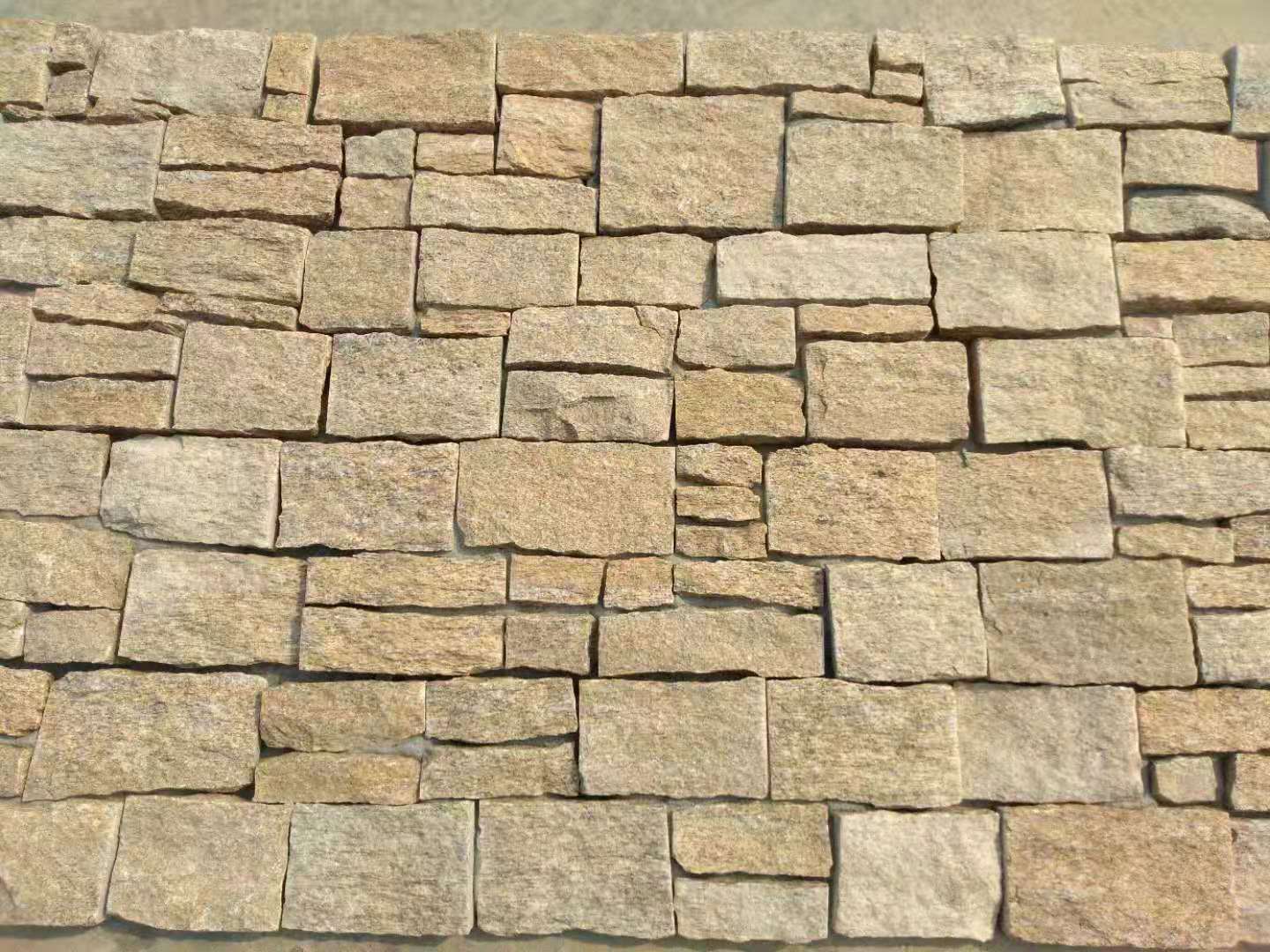A garden is a place of tranquility and beauty, a space where one can escape from the hustle and bustle of daily life and connect with nature. Slate wall cladding is no surprise that people take great pride in their gardens and are constantly looking for ways to enhance its appearance. One way to add an elegant touch to your garden is by incorporating a slate flower bed. This natural material not only adds aesthetic appeal to your garden, but it also has practical benefits. In this article, we will delve into the world of slate garden flower beds, exploring its benefits, design ideas, and maintenance tips.
What is Slate?
Before we dive into the specifics of a slate flower bed, let's first understand what slate is. Slate is a natural metamorphic rock that is formed from clay, shale, and volcanic ash. It is known for its unique texture, durability, and versatility. Slate comes in a variety of colors, ranging from shades of grey, green, blue, and even purple. This natural variation in color makes each slate piece unique, adding character to your garden.
Benefits of a Slate Flower Bed
There are numerous benefits to incorporating a slate flower bed into your garden. Firstly, it is a durable and long-lasting material. Due to its dense structure, slate is resistant to water, frost, and extreme temperatures, making it suitable for all types of weather conditions. This means that your slate flower bed will maintain its beauty for years to come, with minimal maintenance.
Secondly, slate is a low-maintenance material. Unlike other types of flower beds that require constant watering, weeding, and fertilizing, a slate flower bed requires minimal upkeep. Its smooth surface makes it difficult for weeds to grow, and it does not retain moisture, which prevents the growth of mold and mildew. This makes it an ideal choice for those with busy lifestyles, who still want a beautiful garden without the hassle of constant maintenance.
Design Ideas for a Slate Flower Bed
One of the best things about a slate flower bed is its versatility in design. Here are a few ideas to get you started on creating a stunning slate flower bed in your garden.
1. Mixed Slate and Flower Bed
One option is to combine slate and flowers in your flower bed. This creates a beautiful balance between the natural and man-made elements in your garden. You can use large slate pieces as borders for your flower bed, and fill the rest with a variety of flowers. The contrast between the smooth slate and vibrant flowers will add depth and visual interest to your garden.
2. Raised Slate Flower Bed
A raised flower bed is a great way to add dimension to your garden. Using slate as the material for your raised flower bed will not only add a touch of elegance but also serves as a practical solution. The raised bed prevents soil erosion and allows for better drainage, which is essential for the health of your plants. You can use smaller pieces of slate to create a stacked effect or opt for larger, single pieces for a more modern look.
3. Slate Pathway with Flower Bed
A slate flower bed does not have to be limited to just flowers. You can incorporate it into a pathway as well. Use slate as the material for your garden pathway, and add a flower bed on either side. This creates a seamless flow between the two elements and adds a touch of sophistication to your garden.

4. Monochromatic Slate Flower Bed
If you prefer a more sleek and modern look, consider using slate in a monochromatic color scheme. Choose different shades of grey slate and arrange them in a pattern to create a visually appealing flower bed. This design idea works well for those who have a minimalist style and want to add a touch of texture to their garden.
Maintenance Tips for a Slate Flower Bed
As mentioned earlier, a slate flower bed is low-maintenance, but that does not mean it requires no upkeep at all. Here are a few tips to ensure your slate flower bed stays in top condition.
1. Regular Cleaning
To keep your slate flower bed looking its best, it is essential to clean it regularly. Use a broom or a leaf blower to remove any debris or fallen leaves from the surface. This will prevent mold and mildew from forming and keep your flower bed looking fresh.
2. Sealing
Sealing your slate flower bed is crucial to maintain its durability and prevent staining. Use a sealant specifically designed for slate, and apply it according to the manufacturer's instructions. This will help protect your flower bed from water and weather damage, and keep it looking new for longer.
3. Weed Control
While slate is resistant to weeds, it is still important to keep an eye out for any unwanted growth. Regularly check your flower bed for any weeds and remove them immediately. Taking care of weeds promptly will prevent them from spreading and causing damage to your flower bed.
4. Fertilizing
If you choose to have a mixed slate and flower bed, it is important to fertilize your plants regularly. Use a slow-release fertilizer to provide your plants with the necessary nutrients without the need for frequent application.
In Conclusion
A slate flower bed is a beautiful addition to any garden. Its durability, versatility, and low-maintenance nature make it a practical choice for those looking to enhance their outdoor space. With a variety of design ideas and the right maintenance, a slate flower bed can transform your garden into a peaceful oasis that you can enjoy for years to come. So why not consider incorporating a slate flower bed into your garden and see the difference it can make.
